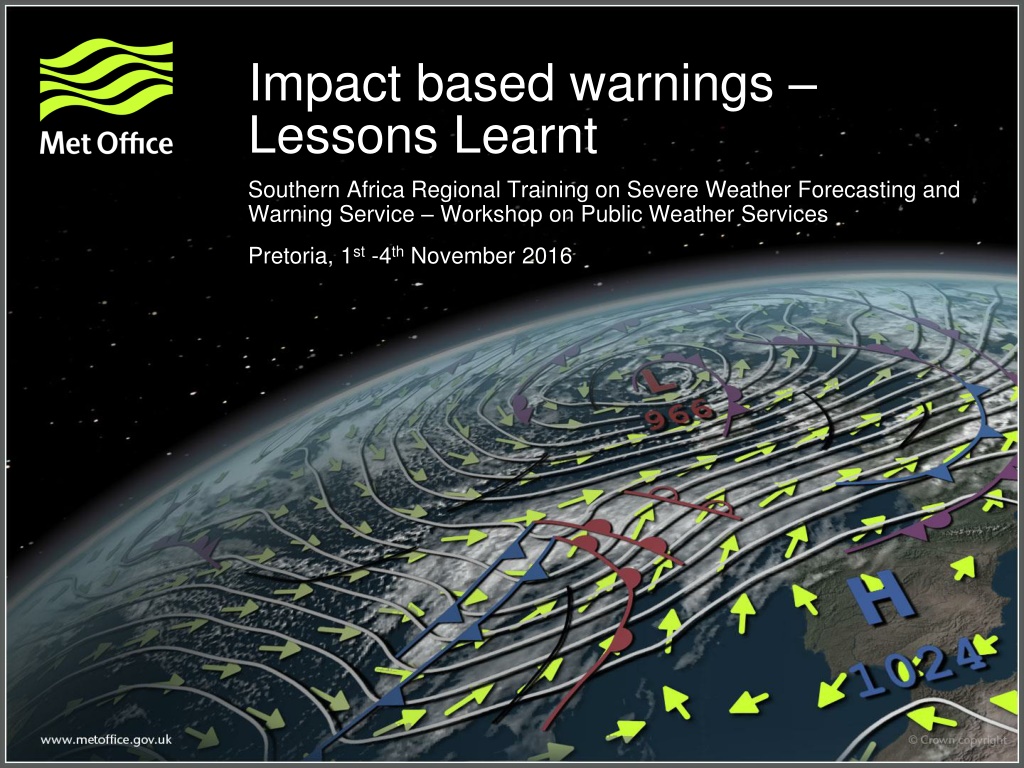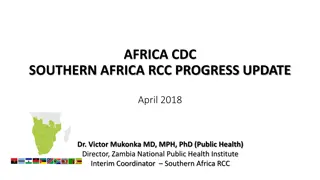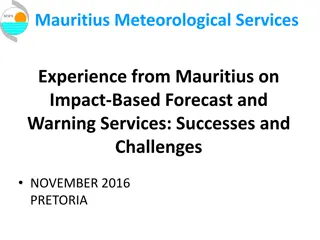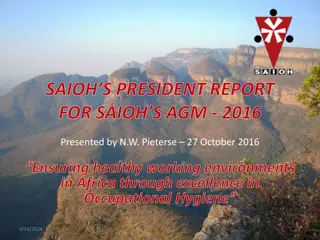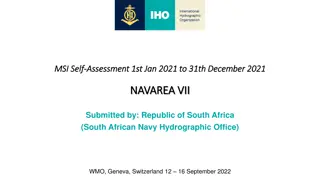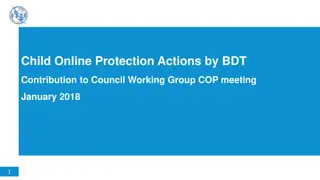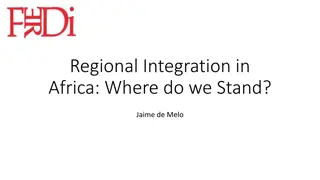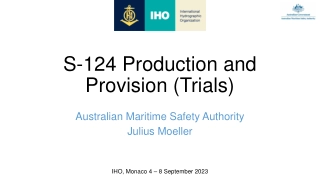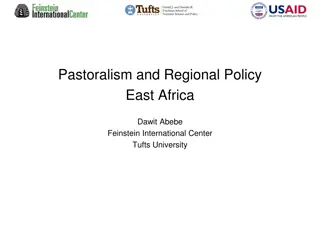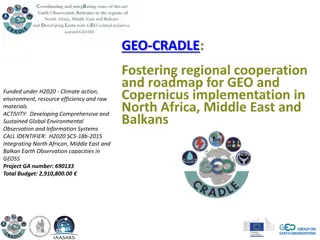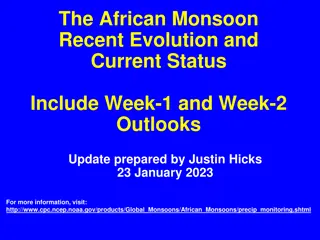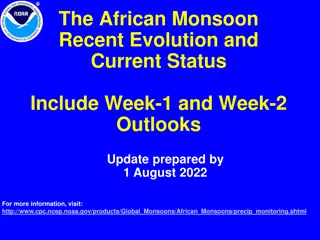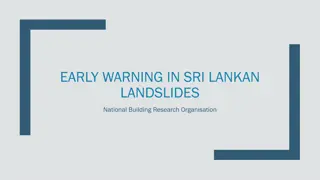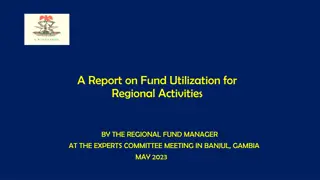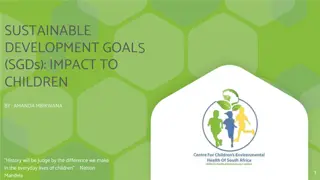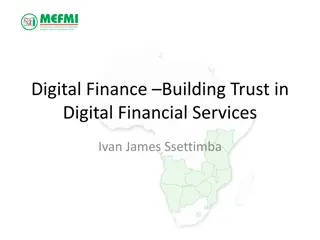Lessons Learnt from Impact-Based Warnings in Southern Africa Regional Training
In the workshop on severe weather forecasting and public weather services, lessons were shared on dealing with internal and external pressures, coordinating with PWS advisors, and the importance of effective communication to improve warning services for responders. Emphasis was on aligning local knowledge, being prepared for differing risk appetites, and staying objective amidst external influences. The advice stressed the significance of clear, consistent messaging and continuous evaluation for better forecasting outcomes.
Download Presentation

Please find below an Image/Link to download the presentation.
The content on the website is provided AS IS for your information and personal use only. It may not be sold, licensed, or shared on other websites without obtaining consent from the author. Download presentation by click this link. If you encounter any issues during the download, it is possible that the publisher has removed the file from their server.
E N D
Presentation Transcript
Impact based warnings Lessons Learnt Southern Africa Regional Training on Severe Weather Forecasting and Warning Service Workshop on Public Weather Services Pretoria, 1st-4thNovember 2016
Internal Pressures It s good to talk, CCA Advisors, FFC, Colleagues, Managers Need to have an idea of level of warning and location ahead of this Be prepared to bow to local knowledge Advisors can be keen to raise the level of a warning Likewise Forecasters can have different risk appetites IT
External Pressures Flood Forecasting Centre (FFC), in particular, are closer to Government and can come under political pressure Where these exist, prepare to misalign (agree to disagree), related to risk appetite of the organisation Management in Met Office can sometimes pressure you due to external influence Remain objective and try to deal in facts and be honest about uncertainties
PWS Advisors Lessons Learnt Many of the lessons the same as those from the Guidance Unit Regularly spend time explaining the scheme to emergency responders and other Met Office staff! Short video developed to help with this available to responders via a responder webpage. Minor changes to the warning are not seen as helpful for example moving boundaries by a few miles. They rarely add value and result in responders being notified even though little has changed responders will lose interest quickly!
PWS Advisors Lessons Learnt Responders say - A no notice warning is better than no warning! Any lead time given is a bonus. If numbers are mentioned put them into context the first question you get if you mention rain amounts is often is that a lot? Supplementary information from the Advisors is often seen as more important than the warning itself. More on this later this week! Accept that we don t always get it right but evaluate each warning and use what you learn to improve the next one. It s good to talk! Information form emergency responders, advisors, and meteorologists is vital to a successful warning. Make sure we are all giving the same story
Impact Based Warnings upcoming changes Warnings currently only issued up to 5 days in advance. This is being increased to 7 day. Improvements to short notice warnings use of Twitter for small area / short notice warnings an option. Introduction of Thunderstorms warnings assists with summer convection where rain may be less of a hazard than lightning hail.
